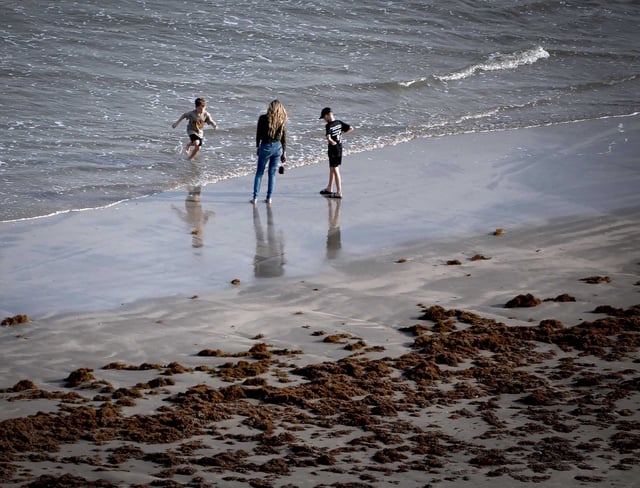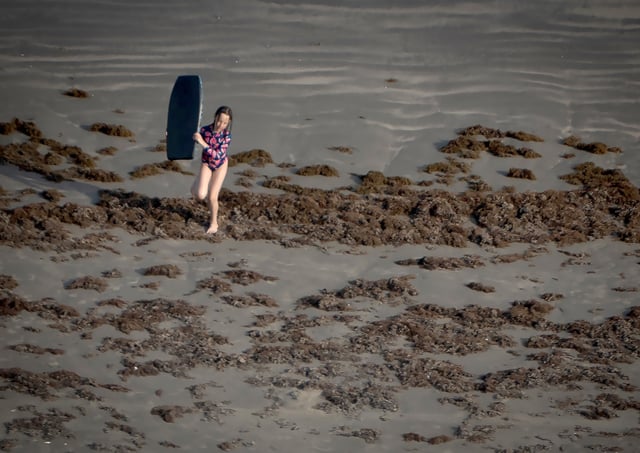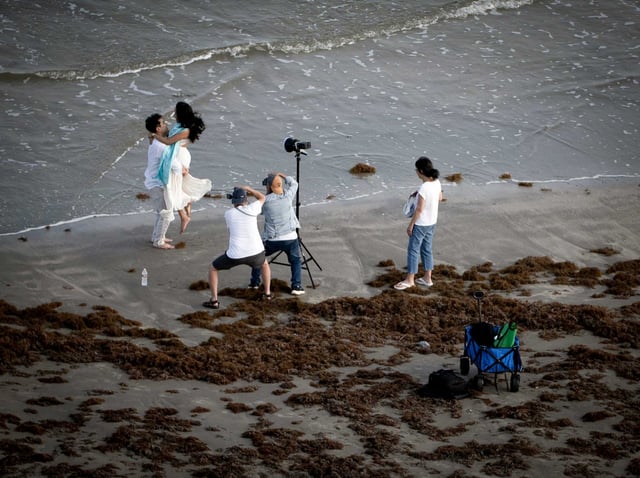Overview
- Large mats of sargassum seaweed are currently piling up along Texas Gulf Coast beaches, including Galveston and Padre Island, as part of the annual 'Golden Tide.'
- The 2025 sargassum season has reached record levels in the eastern Caribbean and West Atlantic, though Gulf of Mexico concentrations remain typical.
- Sargassum provides key ecological benefits, offering habitat for marine species, supporting coastal food webs, and nourishing dunes to stabilize shorelines.
- In extreme cases, sargassum can disrupt ecosystems, tourism, and infrastructure by smothering habitats, blocking waterways, and emitting harmful gases as it decomposes.
- Local authorities, such as the Galveston Park Board, manage the seaweed by relocating it to dunes rather than removing it, balancing ecological preservation with beach access.



